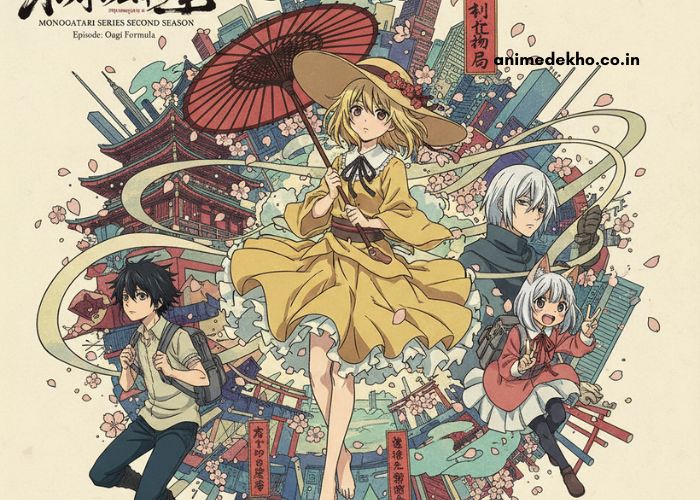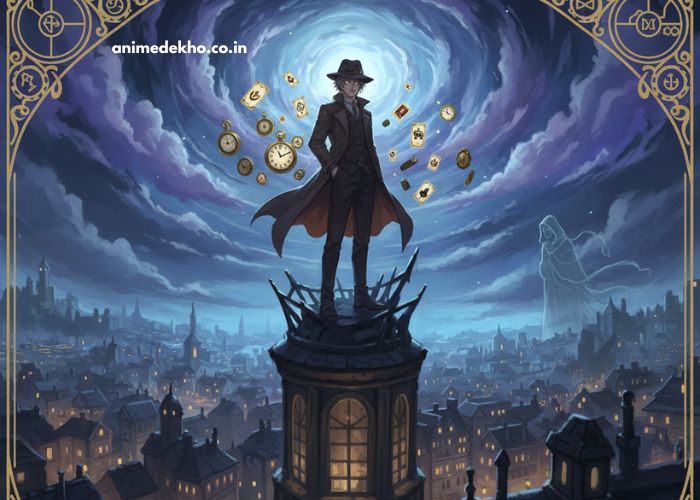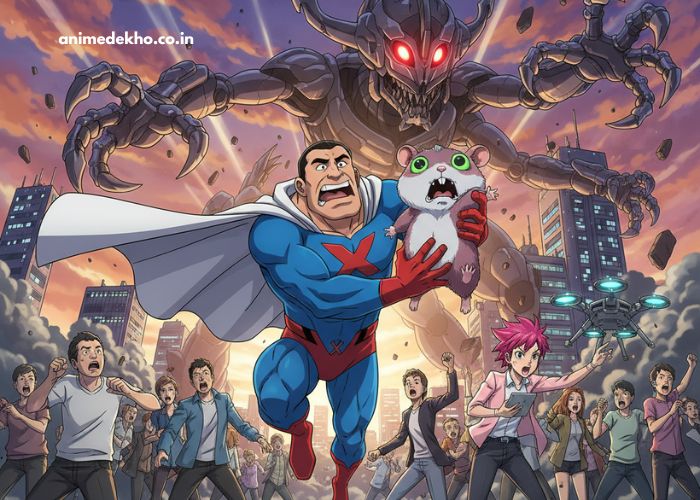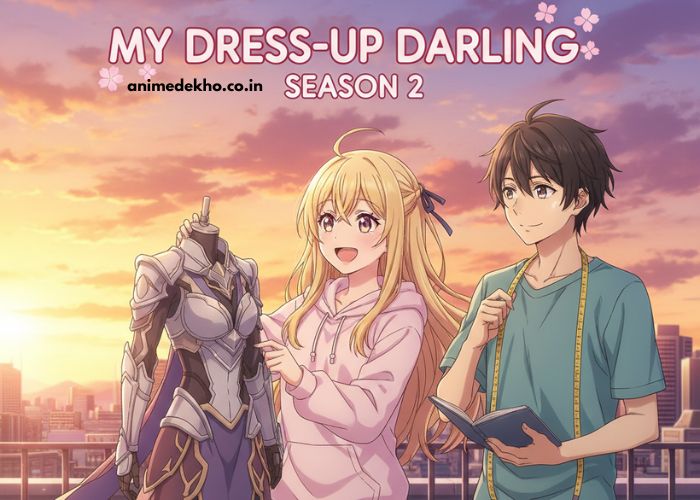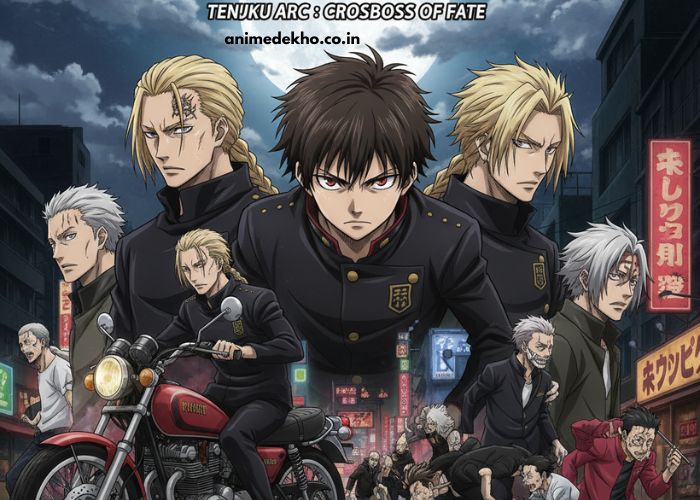| Point | Detail |
|---|---|
| Title | Monogatari Series: Second Season |
| Main Character | Koyomi Araragi |
| Genre | Mystery, Supernatural, Drama |
| Theme | Identity, relationships, inner conflict |
| Studio | Shaft |
| Story Focus | Character growth and emotional closure |
| Style | Dialogue-heavy, symbolic visuals |
| Release Year | 2013 |
The Monogatari Series Second Season is a fascinating continuation of the beloved Monogatari franchise, renowned for its complex storytelling, psychological depth, and stunning Shaft animation. This season expands the series’ universe by delving deeper into the emotional struggles, relationships, and symbolic battles faced by its characters. Unlike traditional anime, it’s more of a reflective journey through identity, love, fear, and the supernatural, tied together with witty dialogue and surreal imagery.
The Narrative Depth
Expanding the Story Arc
The Second Season weaves together multiple story arcs each focusing on a specific character and their internal turmoil. Arcs like Nekomonogatari (White), Kabukimonogatari, Otorimonogatari, Onimonogatari, and Koimonogatari give individual spotlight moments that explore personal transformation and self-realization.
Every arc introduces a “monster” or “oddity” that symbolizes a psychological burden guilt, jealousy, obsession, or love. Through these metaphors, the show explores how humans confront and reconcile with their inner demons.
A More Mature Tone
Compared to the first season, the Second Season adopts a more mature tone. It focuses on the consequences of past actions and the growing complexity of relationships. Characters who once seemed secondary now play crucial roles, revealing hidden layers of their personalities.
Character Evolution
Hitagi Senjougahara – Vulnerability and Strength
Senjougahara, once a symbol of sharp wit and emotional detachment, evolves into a more compassionate and self-aware individual. Her relationship with Koyomi Araragi becomes more stable, yet layered with trust and understanding.
Tsubasa Hanekawa – The Journey of Self-Acceptance
Hanekawa’s arc, Nekomonogatari (White), is one of the most emotionally resonant in the season. Her struggle with duality and identity showcases how self-denial can manifest as monstrous alter-egos, a theme central to the Monogatari universe.
Mayoi Hachikuji and Nadeko Sengoku – Growth and Tragedy
Hachikuji’s bittersweet farewell and Nadeko’s descent into godhood reflect the contrasting paths of innocence lost and obsession realized. These arcs offer some of the series’ most emotionally gripping and visually stunning moments.
Visual Explore
Shaft’s Unique Animation Style
The animation studio Shaft once again demonstrates artistic mastery with striking visual metaphors, experimental camera angles, and surreal transitions. Every frame is rich with symbolism colors, backgrounds, and typography serve as emotional cues.
Dialogue and Direction
The dialogue-heavy nature of Monogatari can be daunting, but it’s precisely this literary flair that sets it apart. Scenes often feel like theatrical performances, with rapid exchanges and introspective monologues blending philosophical thought with emotional sincerity.
The Second Season explores deeper human emotions self-love, jealousy, loss, and the weight of choices. Each “oddity” encountered symbolizes an inner conflict, creating a balance between supernatural storytelling and psychological realism.
Time and memory are recurring motifs, suggesting that growth comes from confronting, not escaping, one’s past.
Why It Stands Out
The Monogatari Series Second Season stands as a testament to anime’s potential as an art form. Its intelligent writing, layered characters, and mesmerizing visuals make it more than just an entertainment piece it’s a philosophical exploration wrapped in mystery and metaphor.
For long-time fans, it’s a deeply satisfying continuation; for newcomers, it’s a bold invitation into one of anime’s most sophisticated worlds.
Conclusion
In essence, Monogatari Series Second Season is an extraordinary blend of visual poetry, narrative depth, and emotional resonance. By combining supernatural allegory with human introspection, it offers a truly unique viewing experience that lingers long after the credits roll. Whether you’re an anime veteran or a curious newcomer, this season reaffirms why Monogatari remains a modern masterpiece.

